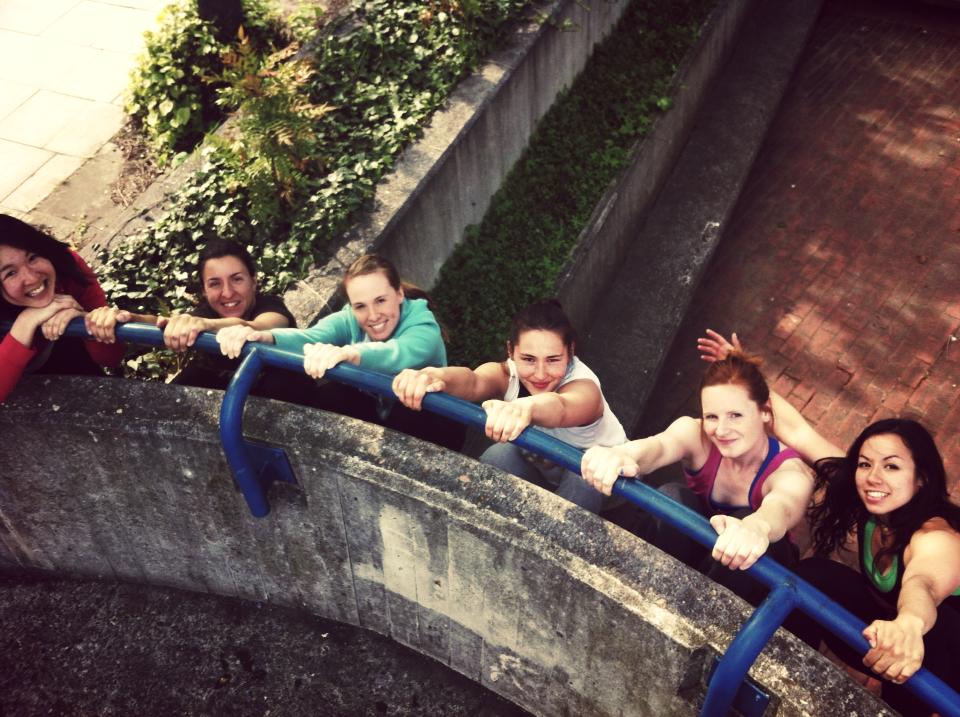Abstract
The following case study examines three specific moments identified during two workshops held in Singapore in December 2013 with five young people between the ages of 17 and 20. These moments reveal a change in perceived agency by young people through spatial practices inspired by parkour and graffiti and evidence some of the theories I had formed on spatial practices and performances of ‘place’ in urban arts during an earlier Sustained Independent Project. I found that parkour practitioners, graffiti artists and skateboarders viewed obstacles (‘defensive architecture’ created by urban planners to prohibit these activities) to their practice as opportunities to innovate and create new moves (Ong 2013: 52). The urban practitioner’s resilience, sense of agency and desire to play stimulates this creative and ‘productive’ approach to obstacles. I wanted to determine if the practice of treating obstacles playfully could, in reverse, nurture a greater sense of agency and resilience in youths who struggle with feelings of helplessness that lead to depression.

